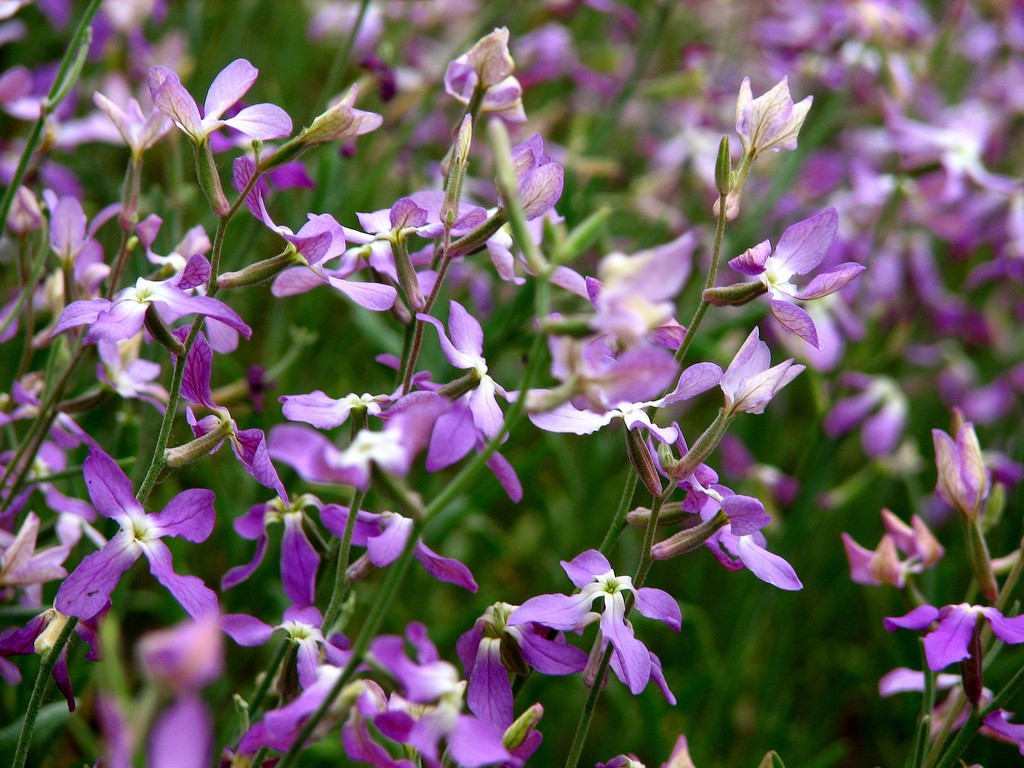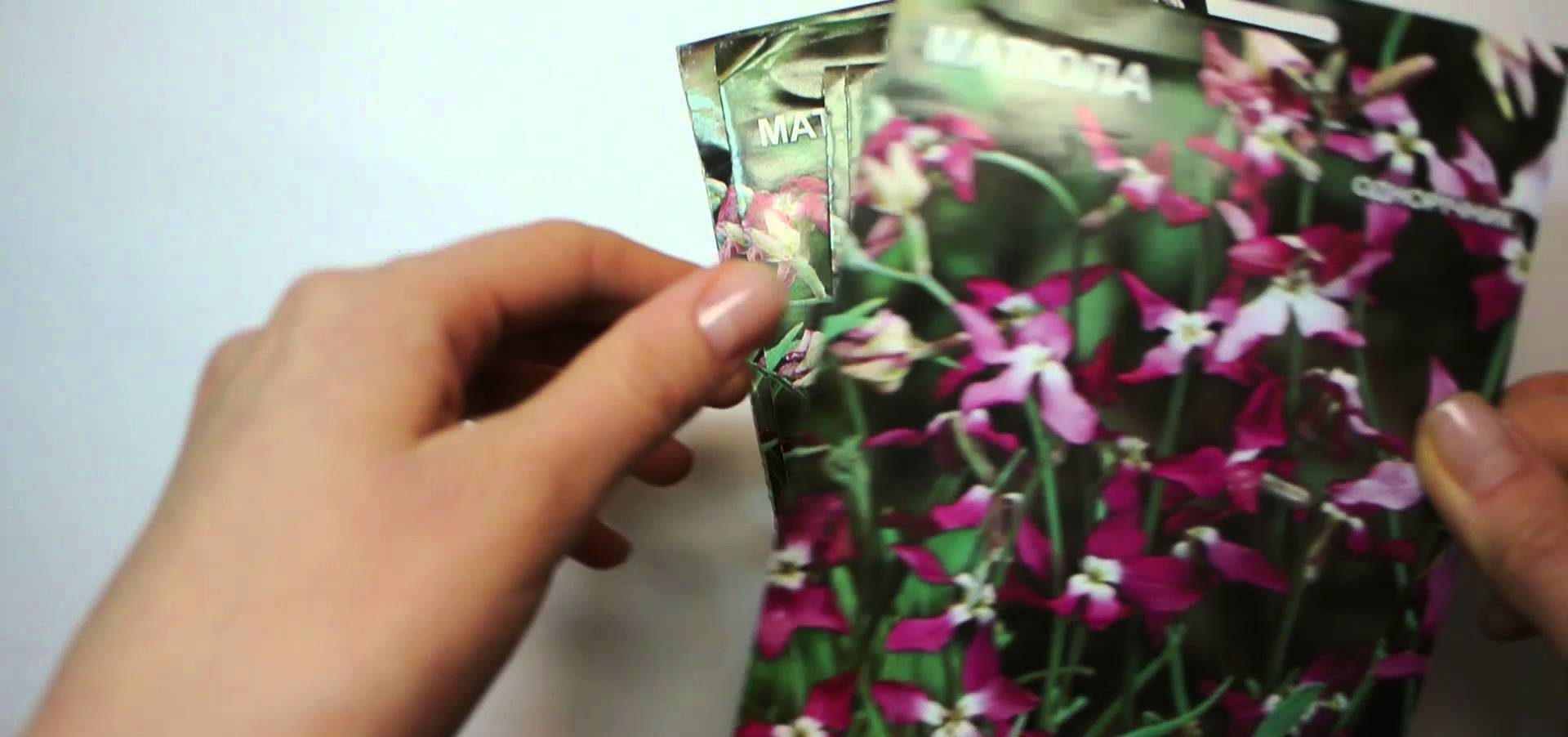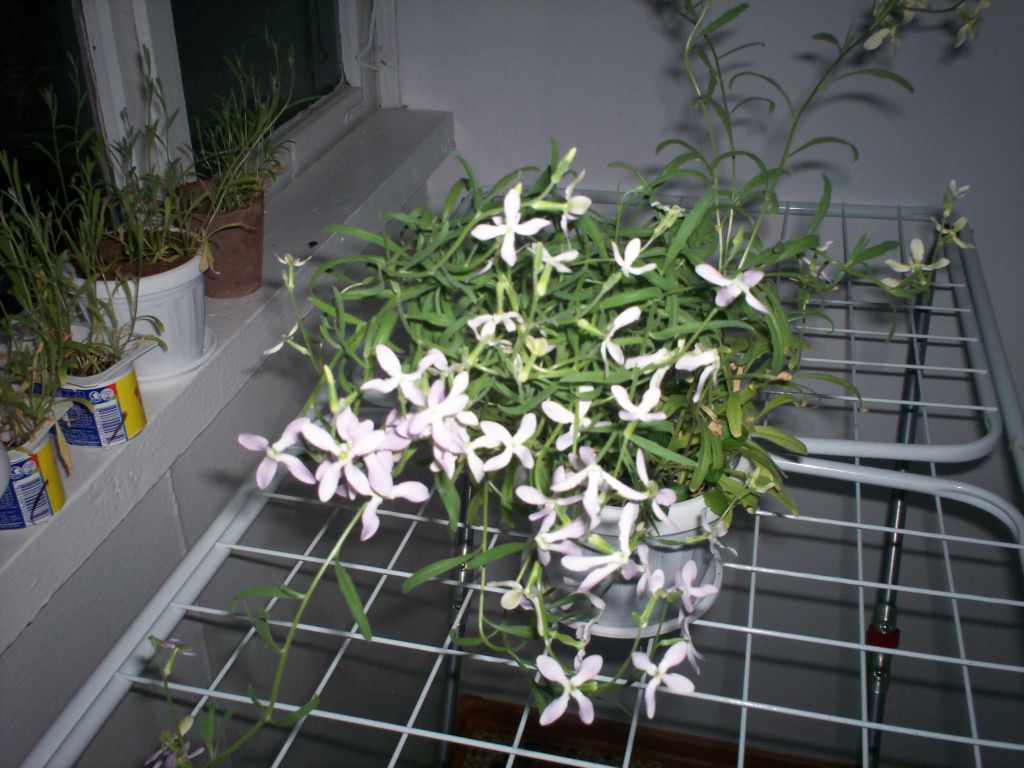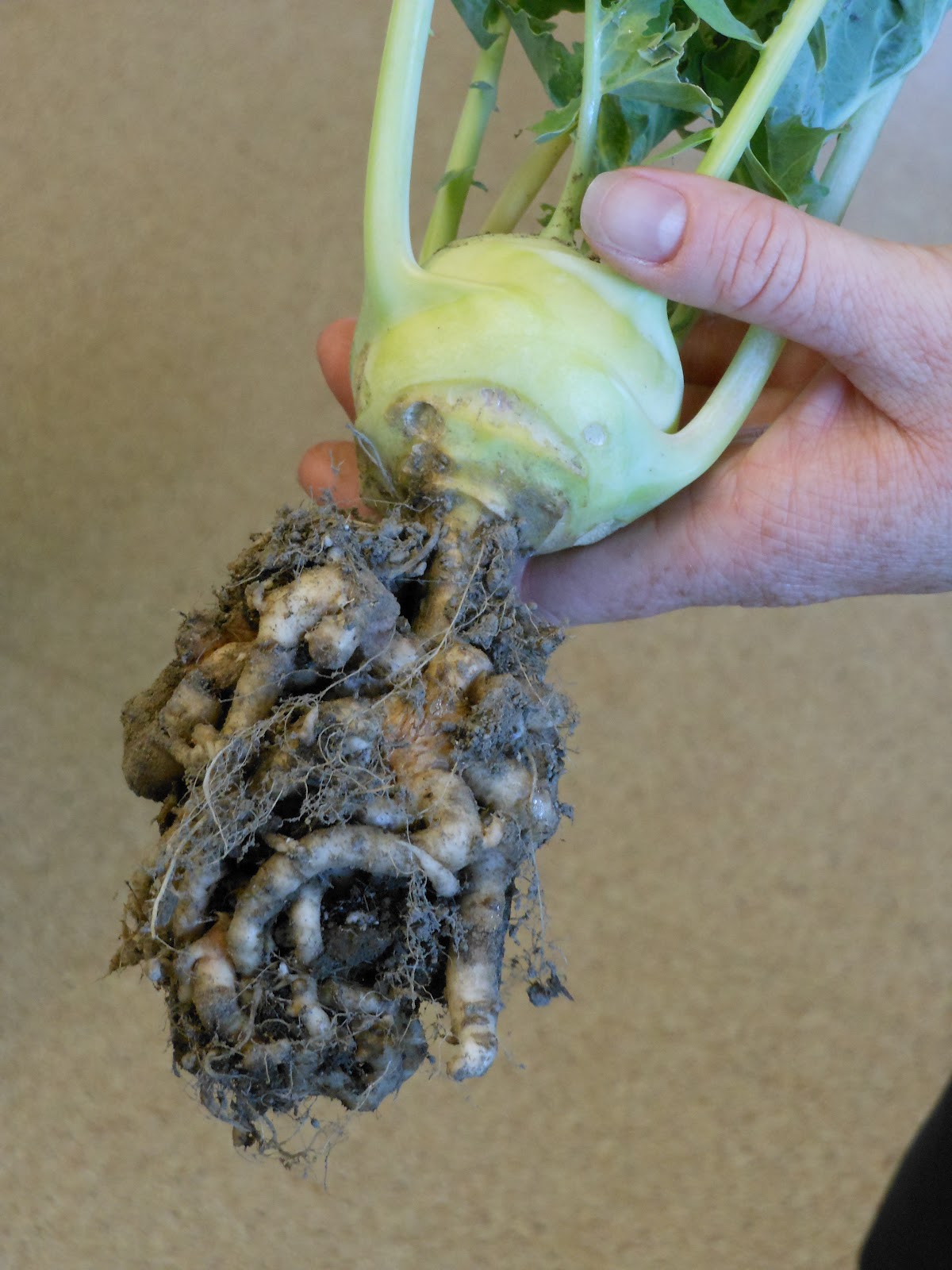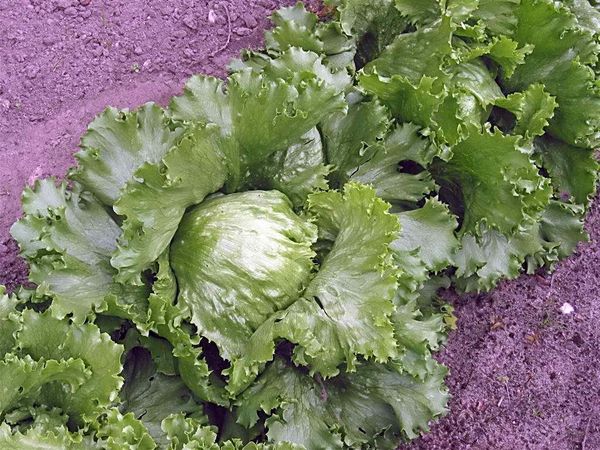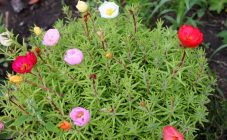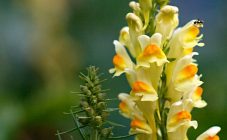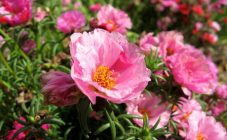Content:
Usually garden flowers are grown for beautiful foliage and bright showy inflorescences. But there are those who have a nondescript appearance, but they are appreciated by gardeners because of their fragrant aroma. These colors include two-horned mattiola.
Cultivation of culture
Mattiola is a herbaceous annual plant up to 50 cm high. Its leaves are small, serrated, green. The fragrant flowers have a light purple hue. They open and smell sweet in the evening, close by morning, their aroma dulls.
Mattiola blooms in the garden for 1 month. The seeds collected from it do not lose their germination for 3 years. The plant is cold-resistant, withstands frosts down to -7 ° C. Mattiola will grow well in areas illuminated by direct sunlight, but it will also withstand partial shade. In too shaded places, the stems of the plant will stretch, the quality of the inflorescences will decrease.
Matthiola can grow on any soil, but on fertile, normal acidity, the development of the bushes will be better, the aroma of flowers will be stronger. Watering should be moderate; in dry weather, it increases significantly. Matthiola's predecessors should not be cruciferous plants.
Reproduction
Most often, reproduction is carried out by the seed method, less often by seedling, since Matthiola does not tolerate transplantation well.
Growing matthiola bicorn from seeds
The best time to sow seeds is the first decade of April. In the southern regions, sowing for the winter is allowed. It is produced after the first frosts fall on the ground and the possibility of seed germination is reduced to zero.
The soil is prepared in the fall. The soil mixed with humus is dug up (7 kg per 1 m²). Then the soil is spilled with a solution of complex fertilizer at the rate of 3 tbsp. spoons per 1 m².
In spring, the soil is thoroughly loosened and leveled. Since the seeds are small, the grooves are shallow (no more than 0.5 cm), which are slightly moistened. The seeds are sown evenly and covered with earth, without tamping. From above, the garden bed is moistened again, preferably from a spray bottle.
With spring sowing, the seedlings will hatch in 10-15 days. In autumn, they will rise next spring. So that the seeds are evenly distributed in the hole, they are mixed with sand before planting. If the seeds are too thick, the seedlings are thinned out.
Seedlings
The procedure takes place in March. Before sowing seeds, seedling containers are pre-prepared. They are well washed with water with potassium permanganate, then dried.
The step-by-step seeding instructions are as follows:
- drainage is laid out at the bottom of the container, consisting of a choice of: expanded clay, small stones, broken shards;
- the box is filled with a soil mixture consisting of turf soil (3 parts) and sand (1 part);
- the substrate is spilled with a light solution of potassium permanganate;
- the seeds are laid out on fabrics, moistened, left for 1 day;
- shallow grooves are made in the soil at a distance of 4 cm from one another, into which seeds are sown;
- the grooves are covered with earth, moistened with a spray bottle.
The box is covered with foil and put away for a week in a shaded place. Then it is transferred to a well-lit room, but with a lower content temperature (up to 15 ° C).
When 2-4 leaves appear on the seedlings, they can be dived into peat pots, plastic cups. It is necessary to transplant very carefully, excluding damage to the root system.
Matthiola can be planted in a permanent place in May, while it is first shaded from the sun. The distance between the seedlings should be 15-30 cm. In conditions of too dense planting, matthiola can be affected by fungal diseases.
Care
After planting, the plant needs care: watering, loosening the soil, removing weeds, feeding with fertilizers. Although Mattiola is demanding for watering, he cannot stand waterlogging: the root system can rot. After each watering, the soil is loosened. This facilitates air access to the roots.
Weeds must be removed. They take nutrients from the plant, make the flower bed unsightly, and can infect the bushes with fungal diseases. Faded inflorescences are removed: they give the plant an unkempt appearance, draw off nutrients.
3 weeks after planting matthiola, it can be fed for the first time with nitrogen fertilizers to build up green mass. Then, fertilizing with complex fertilizers for flowering plants is applied. Nutrition is especially necessary during budding.
Diseases and pests
Matthiola two-horned must be constantly examined in order not to miss the appearance of harmful insects or any diseases. Let's consider the most famous of them.
- Keela cruciferous. With this disease, growths appear on the roots and stems. They draw out vital forces from the plant: it begins to turn yellow, wither. It is a fungus that infects the cruciferous family, which includes matthiola. It occurs where there is an excess of moisture. Keel infested plants must be removed and destroyed. The area is treated with an antifungal agent.
- Blackleg. Another disease that occurs with an excess of moisture. The stems and leaves darken, rot, and the plant dies. There is no cure for this fungus. The plant is removed, destroyed. To prevent the spread of the disease, the site is treated with a fungicide.
- Cruciferous fleas. These insects attack matthiola when the plant is not hydrated enough. They reveal themselves by the presence of small holes on the leaves. To get rid of them, the plant and the soil are sprinkled with wood ash.
To prevent pests from causing irreparable harm to matthiola, preventive measures must be taken. Let's list them:
- to prevent fungal diseases, the soil is treated with a solution of potassium permanganate and fungicides;
- so that the cruciferous flea does not attack the mattiola, after rain or watering it must be sprinkled with wood ash;
- it can be protected from the cabbage butterfly by sprinkling with a solution of valerian (1 tsp per 1 liter of water): the butterfly will not fly to such a specific smell.
Flowering and post-flowering care
Mattiola does not last long, as the flowers quickly fade and the aroma in the garden disappears. To keep it in the air all season, Matthiola is sown at intervals of 2 weeks. And then the flower will delight the gardener with its fragrance until October.
Matthiola seeds ripen in autumn. To collect them, the ground part of the plant is cut and dried in a dry, well-ventilated area. After that, the seeds are carefully collected. Mattiola bicorno is cultivated as an annual plant, so it makes no sense to cover it for the winter to preserve it until spring.
In addition to the garden, matthiola can be grown in pots for keeping on the balcony, terrace. It also blooms well there until the very cold. If the plant is late placed on a light windowsill, it will continue to bloom for some time.
Since matthiola is not considered a spectacular plant, it is valued only for its aroma, bushes with more beautiful inflorescences or leaves can be planted next to it. When planting next to her purslane, daisy, phlox, thyme, lavender, the plants will complement and set off each other.
Gardeners appreciate Mattiola for its unpretentiousness, evening fragrance. She decorates flower beds, alpine slides, lawns, sows as a border, and is also used in home maintenance as a pot plant. With constant sowing, she pleases her owner throughout the planting season.
